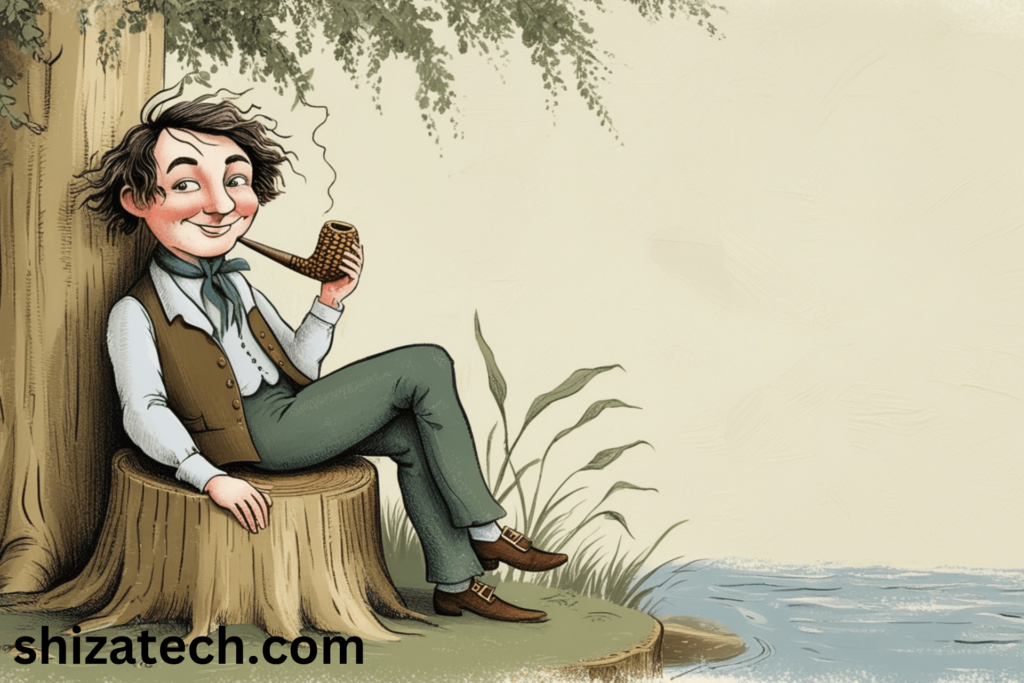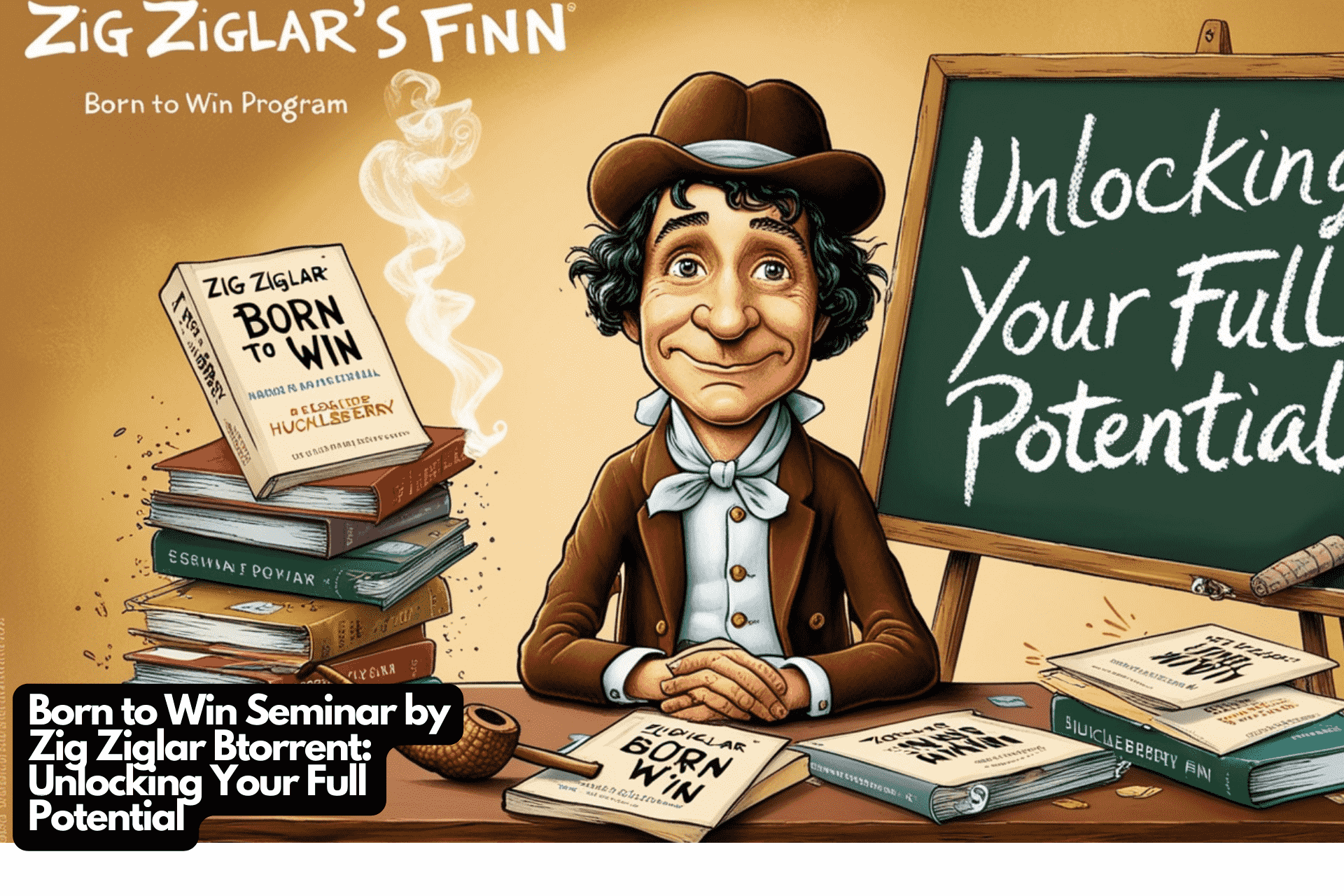Introduction
Mark Twain’s classic novel The Adventures of Huckleberry Finn has captivated generations with its vivid storytelling and unforgettable characters. One of the most iconic symbols associated with Huck Finn is the corncob pipe he carries, representing both his rustic charm and the spirit of the American South. Over the years, this imagery has been preserved and enhanced through various illustrations, capturing Huck’s essence and immortalizing his character. Through Google Images, fans, educators, and scholars can explore a vast archive of Huckleberry Finn illustrations, each with its unique portrayal of Huck, his world, and his corncob pipe. This article will explore the rich visual interpretations available on Google Images, focusing on the importance of Huck’s corncob pipe and how artists have captured this simple yet powerful symbol.
The Evolution of Huckleberry Finn Illustrations
The journey of Huckleberry Finn illustrations spans over a century, beginning with the earliest printed copies and continuing into modern digital media. When you search “Google Images Huckleberry Finn Illustrations Corncob Pipe,” you’ll find a fascinating range of depictions of Huck, from 19th-century etchings to colorful modern interpretations. Each artistic period brings a unique lens to the character, making Google Images a powerful tool for examining how perspectives on Huck and his pipe have evolved over time.
Early Illustrations: Classic Engravings
Initially, illustrations of Huck Finn focused heavily on capturing the realism of Twain’s story. Artists such as E.W. Kemble, who illustrated the original 1884 edition, depicted Huck with simple, earthy qualities. The corncob pipe featured prominently in these early works, symbolizing Huck’s independence and connection to rural life. Exploring “Google Images Huckleberry Finn Illustrations Corncob Pipe” reveals these early drawings and highlights how they contributed to shaping the public’s perception of Huck Finn. These early illustrations, often black-and-white engravings, portrayed Huck’s rough, adventurous character, with the corncob pipe underscoring his self-reliant, carefree spirit. The pipe became a key symbol, representing Huck’s separation from society’s expectations and his alignment with a simpler, unstructured way of life.
Mid-20th Century Illustrations: Adding Color and Depth
As illustrated books became more popular in the 20th century, artists began to introduce color, detail, and expressive backgrounds to Huckleberry Finn images. A search on “Google Images Huckleberry Finn Illustrations Corncob Pipe” during this period shows artists experimenting with color to capture the Mississippi River’s landscape, Huck’s travels, and his relationship with Jim. Artists added rich detail to Huck’s clothing, his surroundings, and his iconic corncob pipe. This era’s illustrations helped bring a sense of movement and vibrancy to Huck’s story, making his corncob pipe a memorable detail in the illustrations.
These interpretations helped audiences feel more connected to Huck’s experiences and environment, with the corncob pipe remaining a consistent symbol of Huck’s free spirit. While some artists chose to add fine details to the corncob pipe, others kept it as a minimalistic icon, but it always stood out, symbolizing Huck’s rustic nature and his rebellion against societal norms.
Modern Digital and Interactive Illustrations
In the digital age, Huckleberry Finn illustrations have taken on new forms, becoming more accessible and diverse. Searching “Google Images Huckleberry Finn Illustrations Corncob Pipe” brings up a wide range of digital artwork. Some contemporary artists have reimagined Huck in highly stylized, animated formats, while others have kept to traditional realism. The corncob pipe has continued to play a significant role, though it’s now often illustrated with modern enhancements, such as digital shading and texture.
Digital illustrations allow artists to play with Huck’s appearance and settings, often highlighting his iconic features in creative ways. Through Google Images, one can explore illustrations that even incorporate 3D elements or interactive components, making Huck’s journey feel more immersive. The corncob pipe has remained a recognizable part of his character, bridging past interpretations with today’s digital artistry and maintaining Huck’s sense of nostalgia and simplicity.
Why the Corncob Pipe Holds Iconic Status in Huck Finn’s Illustrations
The corncob pipe in Huckleberry Finn illustrations is more than just an accessory; it’s a piece of Huck’s personality. Through various images found on Google Images, we can see that the pipe signifies Huck’s defiance, independence, and association with rural American life. Here are a few reasons why the corncob pipe remains a beloved part of Huck’s image:
1. Symbol of Independence:
Huck’s corncob pipe is symbolic of his rejection of societal norms and authority. His preference for this rustic pipe over more polished alternatives shows his desire to stay connected to his roots and his refusal to be “civilized” by adult standards.
2. Connection to Rural Life:
The corncob pipe is associated with a simple, rustic lifestyle that Twain celebrated in Huck’s character. Illustrations featuring Huck with his pipe emphasize his connection to the natural world and his resilience in the face of hardship.
3. A Sense of Timelessness:
Even in modern adaptations, the corncob pipe has become an iconic element that identifies Huck Finn. Through “Google Images Huckleberry Finn Illustrations Corncob Pipe,” you’ll find that regardless of the era or style, the pipe remains an unmistakable part of Huck’s identity.
Exploring the Diversity of Huck Finn Illustrations on Google Images
Using Google Images to explore Huckleberry Finn illustrations allows readers to see a rich diversity of interpretations. Here are some of the styles and variations that capture Huck’s essence and his corncob pipe:
- Realistic Styles
Many artists choose to portray Huck in a realistic style, focusing on facial expressions, clothing textures, and natural backgrounds. Realistic illustrations often emphasize the earthy nature of Huck’s corncob pipe, sometimes showing it worn and frayed, symbolizing Huck’s journey and his close relationship with the world around him.
- Cartoon and Animated Styles
A lighter, more animated style is also popular among modern illustrators. These images, accessible on Google Images with a search for “Huckleberry Finn Illustrations Corncob Pipe,” often give Huck a playful, almost mischievous appearance. In these portrayals, the corncob pipe is often exaggerated, adding humor and charm to Huck’s personality.
- Historical and Vintage Styles
Many illustrations of Huck Finn, especially those dating back to the book’s first printings, lean into a vintage aesthetic. Using sepia tones, sketch-like lines, and muted colors, these illustrations capture the 19th-century feel that Twain described. The corncob pipe is often drawn with great attention to detail, making it an emblem of Huck’s time and setting.
Google Images as a Tool for Discovering Huck Finn’s Visual Legacy
The utility of Google Images goes beyond just viewing artwork; it offers an immersive way to explore the nuances of Huck Finn’s character as imagined by artists over the years. The search term “Google Images Huckleberry Finn Illustrations Corncob Pipe” reveals different versions of Huck that can be analyzed to understand shifting cultural values, artistic trends, and personal interpretations of Twain’s work.
1. A Comprehensive Archive:
Google Images compiles illustrations from different decades, making it an excellent resource for comparing Huck’s portrayal across various time periods and artistic movements.
2. Interactive Engagement:
The platform allows viewers to dive deeper, linking to articles, artist portfolios, and even academic discussions on Huckleberry Finn, making it an interactive gallery of Huck Finn’s visual history.
3. Learning Tool for Students and Scholars:
Google Images is invaluable for students and educators studying Huckleberry Finn. By browsing the many depictions of Huck and his corncob pipe, viewers gain a better understanding of how Twain’s characters have influenced and been influenced by American culture.
Key Takeaways from the Corncob Pipe in Huck Finn Illustrations
In exploring Huck Finn’s legacy through Google Images, the corncob pipe stands out as more than just an accessory. It embodies Huck’s independent spirit, his rejection of societal expectations, and his love for the simple life along the Mississippi River. This article has highlighted how the pipe serves as a bridge between Huck and readers, allowing us to understand his character in a visual and symbolic way. Here are some takeaways:
1. Visual Consistency:
From early engravings to modern-day digital images, the corncob pipe remains a staple feature in Huck’s illustrations. Artists, regardless of style, incorporate the pipe to give Huck a sense of familiarity and continuity.
2. Symbol of Rebellion:
The pipe is a powerful symbol that represents Huck’s defiance and his unwillingness to conform. Through different artistic interpretations, this element helps reinforce Huck’s role as a young boy in search of freedom.
3. Cultural Reflection:
The portrayal of Huck’s corncob pipe has evolved over time, reflecting changing attitudes toward rural life, independence, and nostalgia for simpler times. By looking at various illustrations on Google Images, we see how artists use this small detail to connect with readers across generations.
Conclusion
Google Images Huckleberry Finn Illustrations Corncob Pipe searches open a window into the world of Huckleberry Finn and the powerful visual legacy surrounding Twain’s creation. Through this platform, readers can explore how Huck’s character has been reimagined over the years, with the corncob pipe acting as a visual thread tying these depictions together. The pipe symbolizes Huck’s journey, his independence, and his timeless appeal, making it a key feature in illustrations that helps fans and scholars alike understand the complexity and charm of Mark Twain’s unforgettable character. As you dive into Google Images, you’ll find that Huck’s corncob pipe continues to capture the imagination, linking the Huck of the 19th century with today’s readers. Whether in vibrant digital art or classic black-and-white sketches, Huck’s corncob pipe remains a symbol of freedom, simplicity, and resilience, resonating with fans worldwide.

Final Thoughts
Exploring Huckleberry Finn illustrations on Google Images gives us a unique way to experience Huck’s world visually and understand his journey symbolized by the iconic corncob pipe. Whether you’re a fan of classic literature, an art enthusiast, or a student studying Twain’s work, the varied interpretations of Huck and his pipe offer fascinating insights into American culture and storytelling.
Call to Action:
Dive into Google Images Huckleberry Finn Illustrations Corncob Pipe and explore Huck’s world for yourself. See how artists across generations have brought this beloved character to life and experience the legacy of Huckleberry Finn through art. Share your favorite illustrations with fellow fans and discover how these images deepen our understanding of Twain’s classic novel.
FAQs About Huckleberry Finn Illustrations and the Corncob Pipe
1. Why is Huck’s corncob pipe so iconic in illustrations?
The corncob pipe represents Huck’s independent, rebellious spirit and his connection to a simpler, rustic way of life. It’s a visual reminder of his resistance to societal norms.
2. What styles of illustrations can be found on Google Images for Huck Finn?
On Google Images, you can find a variety of styles, including realistic, cartoonish, vintage, and modern digital interpretations, each offering a unique view of Huck and his journey.
3. How do different artists portray Huck’s character and corncob pipe?
Artists emphasize Huck’s youthful defiance and carefree nature by focusing on his pipe, rugged clothing, and adventurous expressions, sometimes using exaggerated or minimalistic styles to capture his personality.
4. Can I use Google Images illustrations of Huckleberry Finn in my own work?
While Google Images provides a wide selection of illustrations, it’s essential to check copyright information for each image before using it in any published or commercial work.
5. How has the depiction of Huck Finn evolved over time?
From early engravings to digital illustrations, Huck’s appearance and the style of his corncob pipe have evolved, reflecting changes in artistic techniques and societal views on rural American life.





